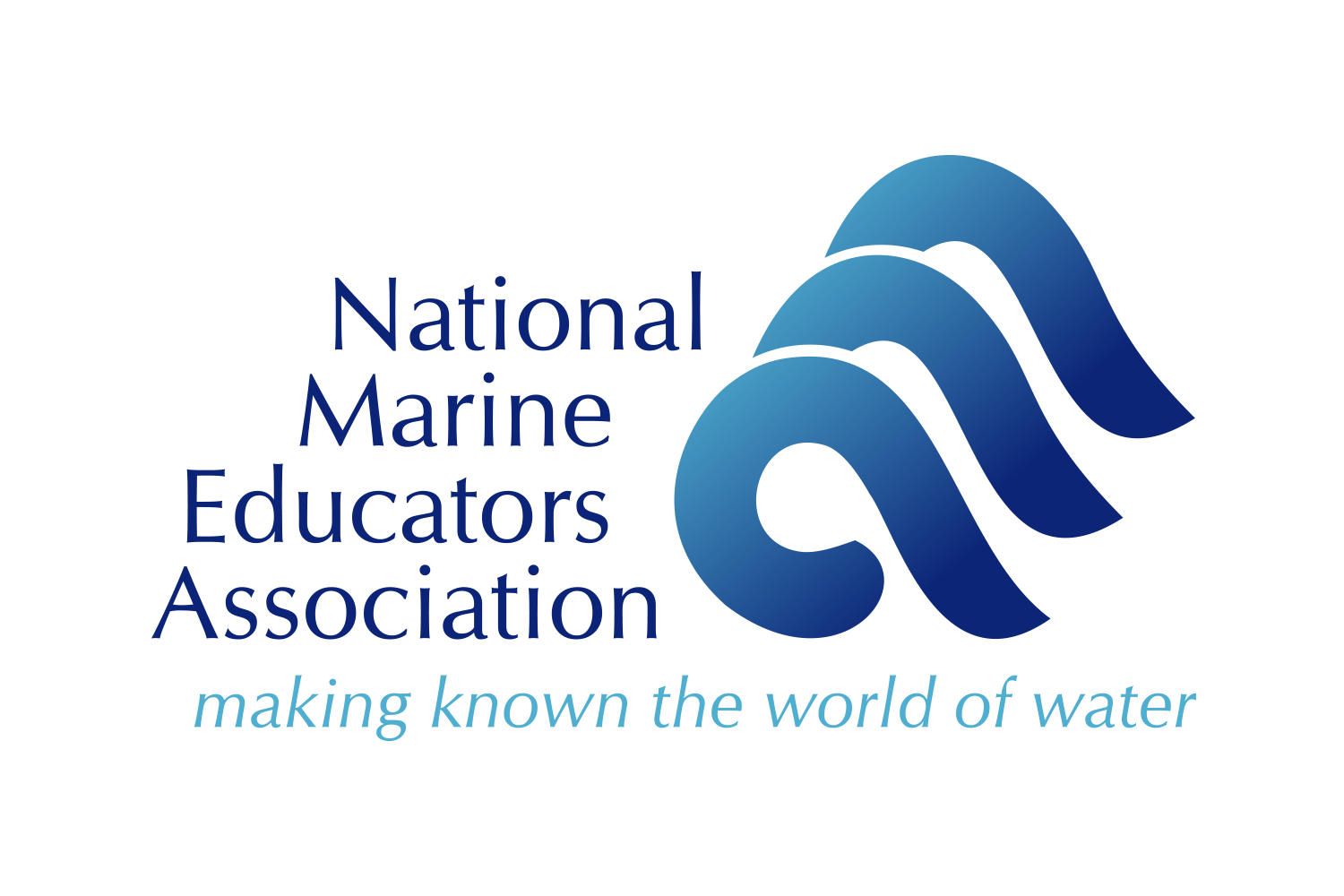SciArt through Diaphonization with Leann Winn
Leann Winn
Upper School Science Faculty
Trevor Day School
New York, NY
It is my deeply held belief as a scientist that one continues to pursue knowledge and experience in their field of study. While doing just that, an unexpected journey presented itself.
It started back in 2017 when I accepted a position at Trevor Day School. The school was highly interested in adding Marine Science to their course offerings and who better to develop the curriculum than someone with that as their forte.
In the summer of 2018, an opportunity for professional development took me to the University of Washington’s Friday Harbor Laboratories. Here, I participated in the Fish Biomechanics course where I learned about clearing and staining under the direction of Dr. Adam Summers.
Example of Alcian blue (Photo credit: Adam Summers)
Example of Alizarin red (Photo credit: Andie Hernandez)
Let me provide you with a quick overview. Clearing and staining is a chemical process also known as diaphonization used for comparative anatomy. This process can be used on small vertebrate specimen after being chemically fixed to keep from rotting. Between the Alcian blue and Alizarin red staining stages, Trypsin is used to break down organs and major tissues. Yet, the collagen remains in order to hold the specimen together. Following these stages, the specimen can be preserved in glycerin in order to analyze the bony and cartilage attachments, collect vertebral measurements, and photograph for further investigation.
Longnose skate (Raja rhina) after clearing and staining process
Using a Longnose skate (Raja rhina), my now dear friend, Andie Hernandez guided me through this process. Andie is a Master’s student in the Florida Atlantic Biomechanics Lab under the direction of Dr. Marianne Porter. It was awe inspiring to see how the skate turned out.
As the summer came to an end, we discovered the photograph had circulated throughout social media and caught the attention of some fellow K-12 educators. Given that interest, Andie offered to do a Google Hangout with me to explain how it worked for Sharks4Kids. Following this, one of my seniors, whose passion is photography, asked if they could learn the process. Furthermore, multiple students were simply drawn to and curious about the specimen on my desk. I had planned on integrating what I learned within the course to my curriculum, but could not have predicted that it would gain such momentum in my school.
As the semester continued, my department head, Jeff, patiently listened as I processed my ideas out loud. As the year commenced, we decided to make this the 10th grade coordinated science final project. What a great application of Biochemistry! More recently, I began to consider if we could make this an interdisciplinary project and include the art department. The resulting product could go beyond the act of compiling a photograph and branch out into other artistic media. We just went from STEM to STEAM!
Presently, we are working out the details. Stay tuned for updates!







